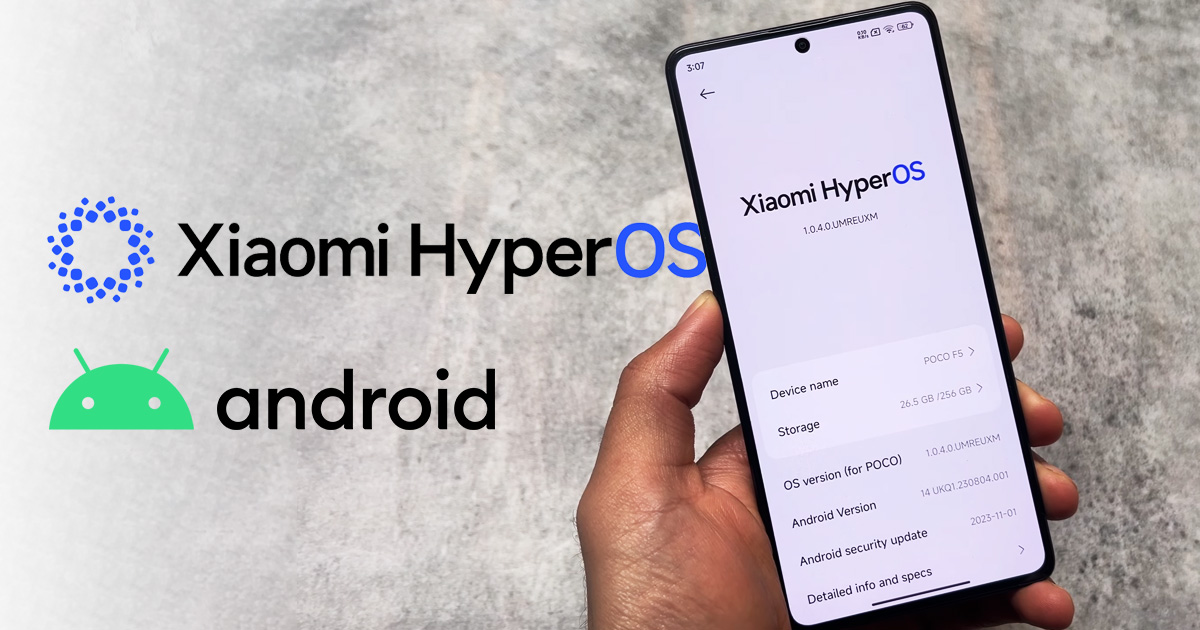 |
| hyperos next-gen operating system features |
Introduction
The technology world has been changing rapidly. The operating system forms the skeleton for each device, whether a smartphone or even a server. With the promise of better performance, security, and versatility, HyperOS gives a new meaning to this space. In this post, we will look in depth at what exactly HyperOS is and what features it has that make it probably the operating system of the future.
What is HyperOS?
HyperOS is the state-of-the-art operating system, squarely aimed at meeting today's computing demands. It includes natively supported, up-to-date virtualization technologies in an interface as familiar to a personal user as to a corporate one. Unlike traditional ones, this operating system is designed and built in a way that allows efficiency to be explosion-prone for different platforms, whether on desktops, servers, or even cloud environments.
Key Features of HyperOS
Virtualization:
The core consideration for the design is virtualization. It leads to the fact that a single device can host various VMs, making full use of all the resources and improving performance.
Platform Independence:
One of the most impressive features of HyperOS is its smooth running on different hardware platforms. Be it the x86 architecture or ARM, it doesn't matter because HyperOS adjusts to such use and applies the same performance.
Improved Security:
Security is paramount in HyperOS. It does employ state-of-the-art encryption methods and sandboxing, along with its multi-layer security protocols, to help protect against emergent threats in the cyber world. This makes it very suitable for any business dealing with sensitive data.
User-Friendly Interface:
The interface of this Operating System is very user-friendly and easy, even with such advanced features. From a novice user to a tech-savvy professional, every one of them will find it accessible, with settings that can be made accordantly to taste.
Scalability:
It's thus scaled to be workable on everything from small personal devices to enterprise systems. Due to its modular architecture, there won't be any problem in terms of upgrading or adding extra space should the capacity demand an increase—for instance, when your needs grow.
Why Use HyperOS?
What has already won over a huge audience for HyperOS is the balance it achieves between innovation and practicality. Unlike all other operating systems available in the market, it places a strong emphasis on functionalities in virtualization, security, and cross-platform compatibility. Be it an individual looking for some powerful OS to run on a PC or a business looking for something that scales across an IT infrastructure, it gives the flexibility and power required by both.
Getting Started with HyperOS
Getting started with HyperOS is pretty easy. Guides to get started with installation, configuration, and troubleshooting are available at the official HyperOS website. In addition, a large and increasing community of users and developers provides many resources, including forums, tutorials, and third-party tools.
Conclusion
Part operating system, mostly though, HyperOS speaks to the future of computing. It's too loaded with advanced features and a focus on security and adaptability not to be a mover and shaker in the tech world. Be it a person or business, HyperOS has what it takes to keep you a step ahead.

